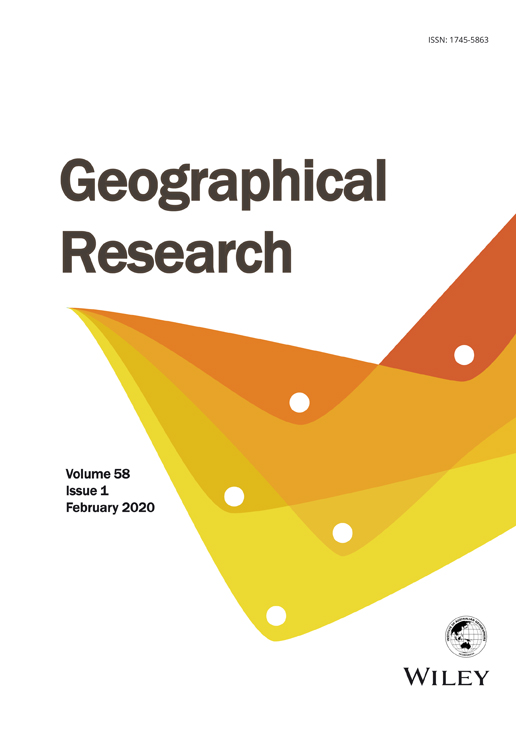Protecting what is left after colonisation: embedding climate adaptation planning in traditional owner narratives
Abstract
Climate change is disproportionally affecting Indigenous peoples' livelihoods across the globe. Despite this fact, climate adaptation planning and responses are not immediate concerns for most Indigenous people, whose key challenges are deeply embedded in colonial history. Through collaborative research centred on climate adaptation planning with the Yuibera and Koinmerburra Traditional Owner groups on the Great Barrier Reef Catchments, we demonstrate that Traditional Owners' primary concerns are in aligning the climate adaptation opportunity with their own strategies for Indigenous cultural renewal and survival. Their Indigenous identity generates a responsibility to protect cultural landscapes, sites, and their connections with these places. In this case study, to “protect what is left” of Indigenous material culture and socio-cultural relationships emerged as the best approach to climate adaptation planning, providing both the decolonisation narrative and the means to strengthen their Indigenous practices. Planning for climate change adaptation is useful for Indigenous peoples when it supports decolonising, strengthens Indigenous customary practices, and recognises customary governance.
Key insights
In this case study, Traditional Owners in the Great Barrier Reef identified that protecting what is left of Indigenous material culture and socio-cultural relationships provides the best approach to climate adaptation planning. Protecting what is left supports decolonising and strengthens Indigenous customary practices and governance, thereby supporting their strategies for cultural renewal and survival.
Video Short
Protecting what is left after colonisation: embedding climate adaptation planning in traditional owner narratives
by Lyons et al.Conflict of Interest
The authors declare no conflicts of interest regarding this article.




